 Veteran industry leader Rick Doman has been appointed chair of BC’s Forestry Innovation Investment board. In other Business news: BC’s T-MAR Industries unveils the world’s first hybrid-electric logging yarder; US housing starts climb to 5-month high; and builder confidence remains stalled at low levels. Meanwhile: George Brcko departs Wells Gray Community Forest as Casey Macaulay steps in; BC Wood highlights the upcoming Global Buyers Mission, and the Southern Forest Products Association celebrates its largest EXPO since 2000.
Veteran industry leader Rick Doman has been appointed chair of BC’s Forestry Innovation Investment board. In other Business news: BC’s T-MAR Industries unveils the world’s first hybrid-electric logging yarder; US housing starts climb to 5-month high; and builder confidence remains stalled at low levels. Meanwhile: George Brcko departs Wells Gray Community Forest as Casey Macaulay steps in; BC Wood highlights the upcoming Global Buyers Mission, and the Southern Forest Products Association celebrates its largest EXPO since 2000.
In Forestry/Wildfire news: Canada invests $.5M in firefighter training; forecasters say fire activity will extend into the fall; Indigenous leaders stress disproportionate impacts on their communities; and wildfire updates from Vancouver Island, Nova Scotia/New Brunswick, and Spain/Portugal. Meanwhile: BC’s Forest Practices Board announces audit of licence in spotted owl habitat; debate continues on the role of active management in the US West; CAL FIRE commits $5M for workforce training, and Oregon’s timber counties face a funding cliff.
Finally, Forestnet’s Anthony Robinson launches a new podcast series.
Kelly McCloskey, Tree Frog News Editor




 Boosted by a surge in the multifamily sector, US housing starts saw a sizeable jump in July, posting the highest total of starts since February. Housing completions were also up in July, while building permits were down. According to the numbers released by the US Census Bureau on Tuesday, overall housing starts totaled 1.428 million in July, up 5.2% from June and 12.9% above July 2024. It was the highest number of overall starts since February’s 1.490 million. The sector was paced by buildings with five or more units, which had 470,000 starts in July, up from 421,000 in June. This is the highest total of multifamily starts in more than a year. Single-family housing starts were also up, coming in at 939,000 for July. This reflects a 2.8% increase month over month; however, totals are still low compared to most months over the last year. …Odeta Kushi, at First American, said the single-family housing starts numbers are concerning.
Boosted by a surge in the multifamily sector, US housing starts saw a sizeable jump in July, posting the highest total of starts since February. Housing completions were also up in July, while building permits were down. According to the numbers released by the US Census Bureau on Tuesday, overall housing starts totaled 1.428 million in July, up 5.2% from June and 12.9% above July 2024. It was the highest number of overall starts since February’s 1.490 million. The sector was paced by buildings with five or more units, which had 470,000 starts in July, up from 421,000 in June. This is the highest total of multifamily starts in more than a year. Single-family housing starts were also up, coming in at 939,000 for July. This reflects a 2.8% increase month over month; however, totals are still low compared to most months over the last year. …Odeta Kushi, at First American, said the single-family housing starts numbers are concerning.

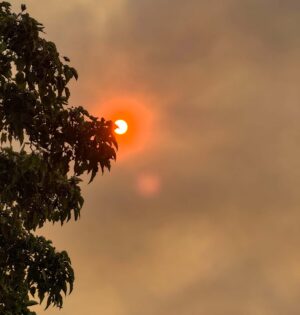 Western provinces and the East Coast should remain on alert for the possibility of more wildfire activity throughout the rest of summer, based on the latest federal government update. Wide swaths of B.C. and the prairie provinces are expected to be drier and hotter than normal. Federal government forecasters also see above-average seasonal temperatures for most of the country over the next three months. Typically in the more northern regions, fire activity starts to wind down around September as cooler weather sets in and the days grow shorter. Not this year. Federal bureaucrats said there’s a high likelihood that the large fires currently burning will continue well into the fall amid the higher temperatures. …Emergency Management Minister Eleanor Olszewski said “it’s been a really hot and dry summer and this has of course contributed to above-normal fire activity in BC, Manitoba, Saskatchewan and Newfoundland. New Brunswick and Nova Scotia.”
Western provinces and the East Coast should remain on alert for the possibility of more wildfire activity throughout the rest of summer, based on the latest federal government update. Wide swaths of B.C. and the prairie provinces are expected to be drier and hotter than normal. Federal government forecasters also see above-average seasonal temperatures for most of the country over the next three months. Typically in the more northern regions, fire activity starts to wind down around September as cooler weather sets in and the days grow shorter. Not this year. Federal bureaucrats said there’s a high likelihood that the large fires currently burning will continue well into the fall amid the higher temperatures. …Emergency Management Minister Eleanor Olszewski said “it’s been a really hot and dry summer and this has of course contributed to above-normal fire activity in BC, Manitoba, Saskatchewan and Newfoundland. New Brunswick and Nova Scotia.”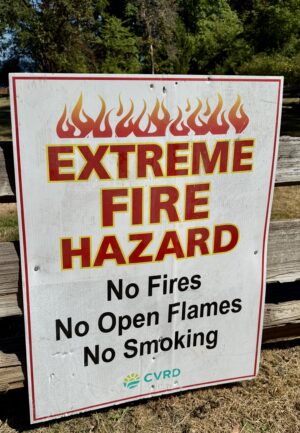 As wildfires scorch Canada amid its second-worst wildfire season on record, Indigenous leaders and experts say the country’s approach remains reactive — leaving Indigenous communities disproportionately vulnerable. At a Monday press conference, federal officials reported that 707 wildfires are currently active nationwide. The extreme fire activity has strained firefighting resources, prompting Canada to deploy over 560 international firefighters from six countries alongside Canadian personnel. This situation is particularly dire for Indigenous communities. Jen Baron, a postdoctoral researcher and incoming assistant professor at the University of BC’s Centre for Wildfire Coexistence, said… Many First Nations communities are “overexposed and underserved.” Remote, fly-in communities with minimal access routes face significant risks in evacuation and recovery. The infrastructure gaps make an already dangerous situation much worse, Baron said. Some federal investments have targeted these gaps. This week, officials announced a $540,000 commitment to two wildfire training programs.
As wildfires scorch Canada amid its second-worst wildfire season on record, Indigenous leaders and experts say the country’s approach remains reactive — leaving Indigenous communities disproportionately vulnerable. At a Monday press conference, federal officials reported that 707 wildfires are currently active nationwide. The extreme fire activity has strained firefighting resources, prompting Canada to deploy over 560 international firefighters from six countries alongside Canadian personnel. This situation is particularly dire for Indigenous communities. Jen Baron, a postdoctoral researcher and incoming assistant professor at the University of BC’s Centre for Wildfire Coexistence, said… Many First Nations communities are “overexposed and underserved.” Remote, fly-in communities with minimal access routes face significant risks in evacuation and recovery. The infrastructure gaps make an already dangerous situation much worse, Baron said. Some federal investments have targeted these gaps. This week, officials announced a $540,000 commitment to two wildfire training programs. OTTAWA — Corey Hogan, Parliamentary Secretary to the Honourable Tim Hodgson, Minister of Energy and Natural Resources, announced an investment of $540,300 for two projects through the Government of Canada’s Fighting and Managing Wildfires in a Changing Climate Program (FMWCC) – Training Fund. The funding includes: $335,000 to Yorkton Tribal Council in Yorkton, Saskatchewan… [and] $204,800 to the Rural Municipality of Piney, Manitoba. Through this investment, community members in Manitoba and Saskatchewan — two provinces that have faced severe wildfire conditions this year — will receive wildland firefighting training to enhance their communities’ capacity to prepare and respond to wildfires. …The addition of these 95 trainees has us on track to train over 2,800 wildland firefighters in
OTTAWA — Corey Hogan, Parliamentary Secretary to the Honourable Tim Hodgson, Minister of Energy and Natural Resources, announced an investment of $540,300 for two projects through the Government of Canada’s Fighting and Managing Wildfires in a Changing Climate Program (FMWCC) – Training Fund. The funding includes: $335,000 to Yorkton Tribal Council in Yorkton, Saskatchewan… [and] $204,800 to the Rural Municipality of Piney, Manitoba. Through this investment, community members in Manitoba and Saskatchewan — two provinces that have faced severe wildfire conditions this year — will receive wildland firefighting training to enhance their communities’ capacity to prepare and respond to wildfires. …The addition of these 95 trainees has us on track to train over 2,800 wildland firefighters in 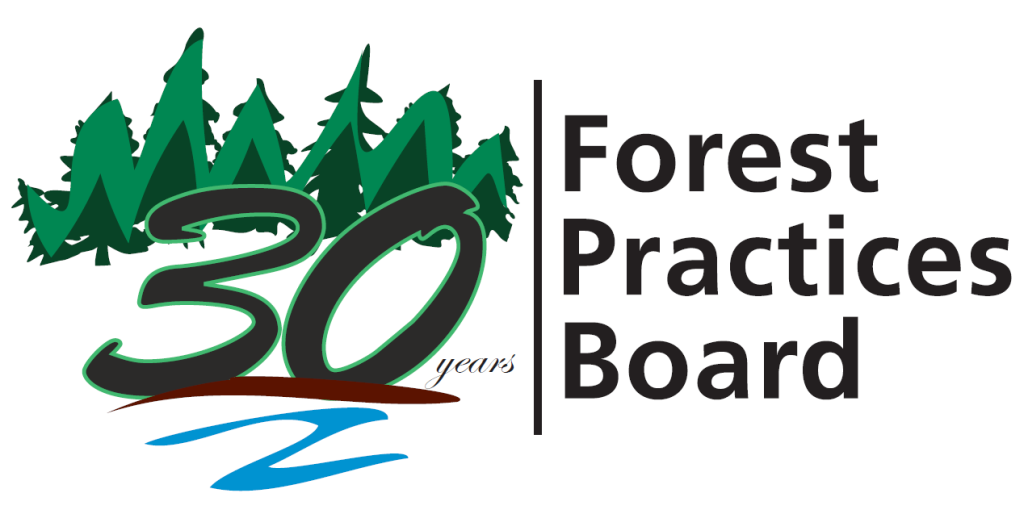
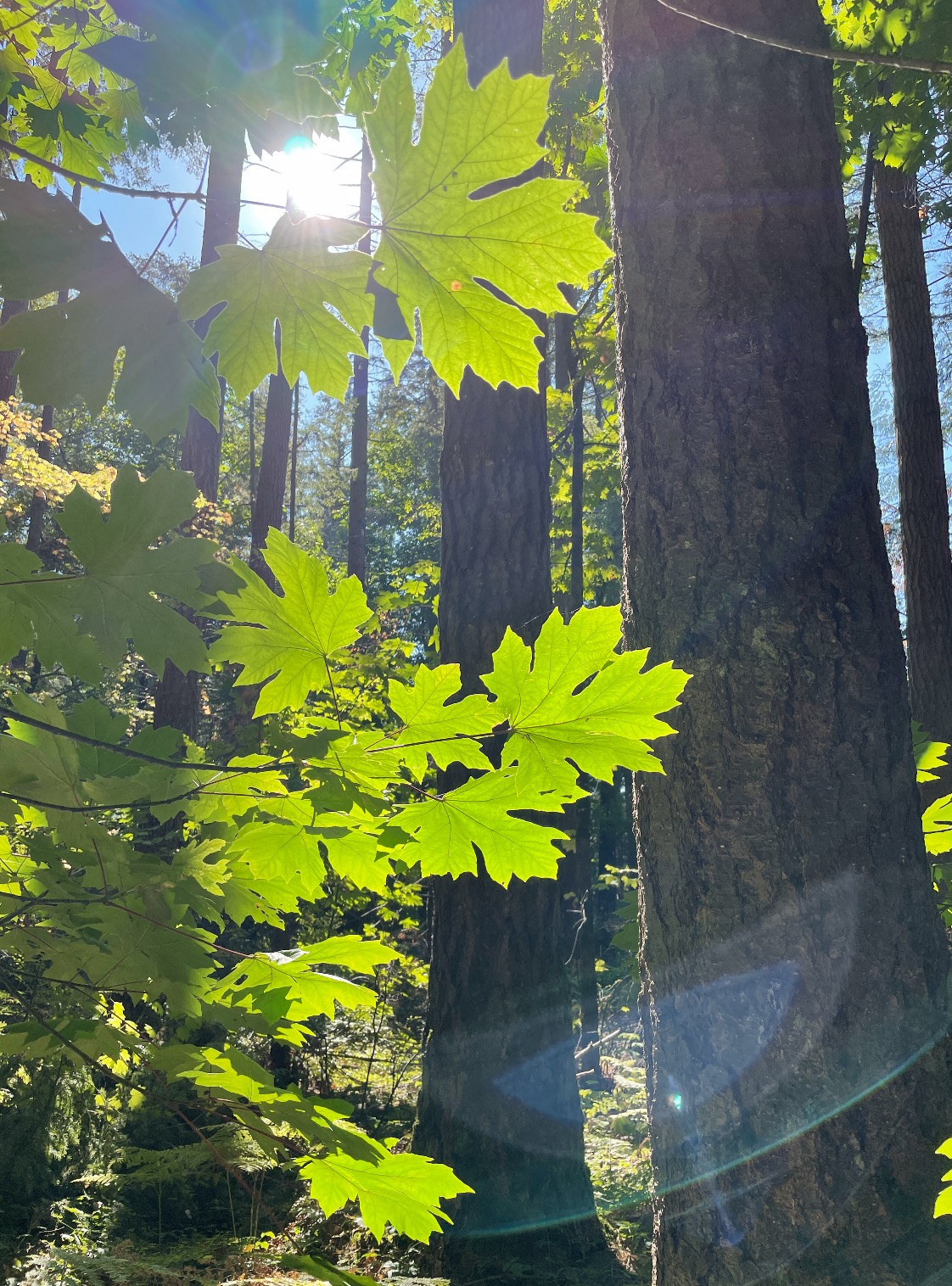 Photographs of forests in the western U.S. from the mid-1800s show a starkly different reality compared to today, says Paul Hessburg, an ecologist at the University of Washington. …Today, many of these forests are overgrown and dominated by younger trees. Back then, they were typically more open — “park-like”. …Fire played an integral role — perhaps the integral role — in shaping these ecosystems. …Hessburg and others see the rejection of active management in part as a response to the “legacy” of commercial, industrial-scale logging of natural forests. Those rampant harvests often took the oldest and largest trees in the U.S., before a mix of science, policy and advocacy for species like the northern spotted owl caused a shift away from the practice in the 1990s. …“We created a climate that’s hostile to people and health and forests,” he says. What’s critical now is finding ways to adjust, for both ourselves and our forests.
Photographs of forests in the western U.S. from the mid-1800s show a starkly different reality compared to today, says Paul Hessburg, an ecologist at the University of Washington. …Today, many of these forests are overgrown and dominated by younger trees. Back then, they were typically more open — “park-like”. …Fire played an integral role — perhaps the integral role — in shaping these ecosystems. …Hessburg and others see the rejection of active management in part as a response to the “legacy” of commercial, industrial-scale logging of natural forests. Those rampant harvests often took the oldest and largest trees in the U.S., before a mix of science, policy and advocacy for species like the northern spotted owl caused a shift away from the practice in the 1990s. …“We created a climate that’s hostile to people and health and forests,” he says. What’s critical now is finding ways to adjust, for both ourselves and our forests. 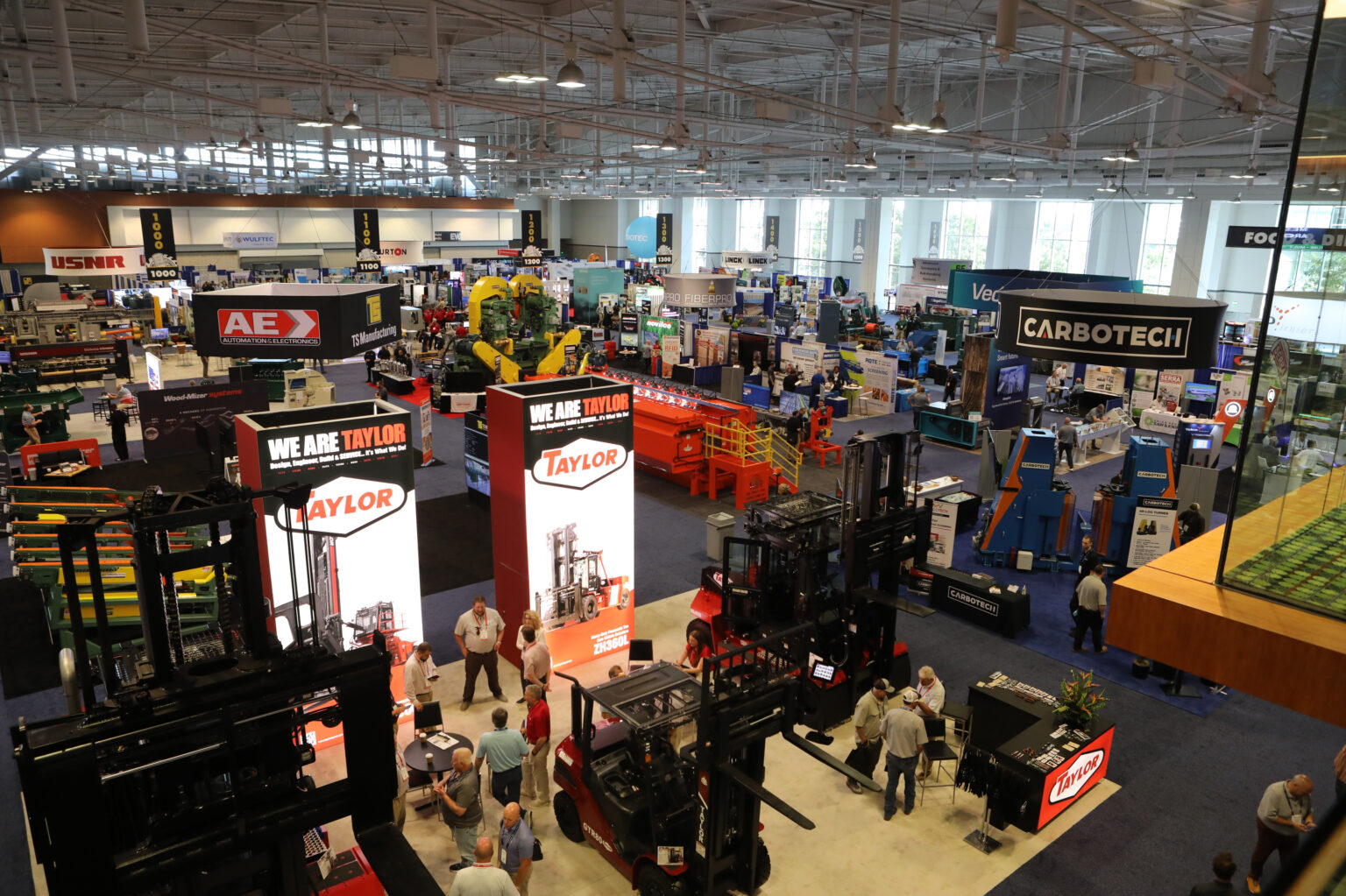

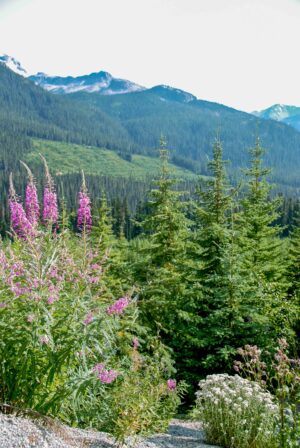 A budget crisis a century in the making is coming to a head as Oregon’s rural counties. The crisis originates with a compromise from the era of President Teddy Roosevelt and was prolonged by piecemeal solutions made during the Timber Wars of the 1990s. Now the president’s signature One Big Beautiful Bill removes a key funding source for Oregon’s timber counties. If nothing is done, rural counties could find themselves with no money to pay for sheriff’s departments or other essential needs. …Many rural Oregon counties once relied on a portion of revenue from trees logged on federal lands to cover the costs of essential services. That federal land doesn’t generate local property taxes… So the federal government started sharing a portion of its logging revenues with those counties. When those declined, federal lawmakers came up with the Secure Rural Schools program. …But Congress needs to regularly re-authorize the program.
A budget crisis a century in the making is coming to a head as Oregon’s rural counties. The crisis originates with a compromise from the era of President Teddy Roosevelt and was prolonged by piecemeal solutions made during the Timber Wars of the 1990s. Now the president’s signature One Big Beautiful Bill removes a key funding source for Oregon’s timber counties. If nothing is done, rural counties could find themselves with no money to pay for sheriff’s departments or other essential needs. …Many rural Oregon counties once relied on a portion of revenue from trees logged on federal lands to cover the costs of essential services. That federal land doesn’t generate local property taxes… So the federal government started sharing a portion of its logging revenues with those counties. When those declined, federal lawmakers came up with the Secure Rural Schools program. …But Congress needs to regularly re-authorize the program. AUSTRALIA — The Victorian Government has
AUSTRALIA — The Victorian Government has 

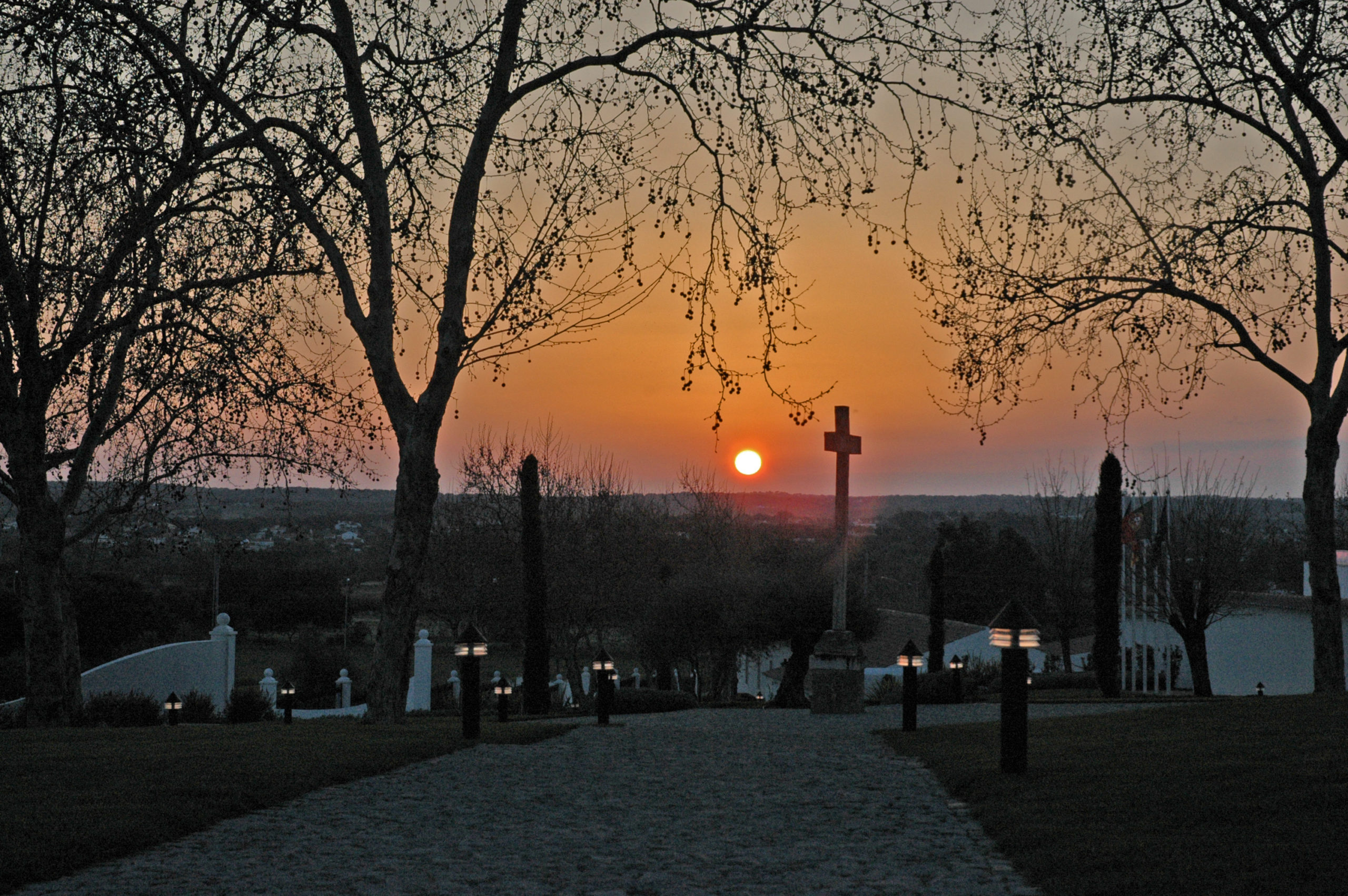 Spain has sent 500 more troops to fight raging wildfires, bringing the total deployed to 1,900, as the death toll from the blazes has risen to four. On Sunday, a firefighter died after an accident during firefighting efforts when his truck fell down a steep hill, the Castile and León regional government said. Spain’s Prime Minister Pedro Sanchez expressed “sadness” and “desolation” on X at the latest death. In neighbouring Portugal, where fires are also blazing, another firefighter was killed on Sunday in a “tragic” traffic accident, President Marcelo Rebelo de Sousa said. Fires have also broken out in Greece, France, Turkey and the Balkans as a heatwave has scorched swathes of southern Europe. Several large fires are still burning in the northwest and west of Spain, where 27,000 residents are currently evacuated from their homes.
Spain has sent 500 more troops to fight raging wildfires, bringing the total deployed to 1,900, as the death toll from the blazes has risen to four. On Sunday, a firefighter died after an accident during firefighting efforts when his truck fell down a steep hill, the Castile and León regional government said. Spain’s Prime Minister Pedro Sanchez expressed “sadness” and “desolation” on X at the latest death. In neighbouring Portugal, where fires are also blazing, another firefighter was killed on Sunday in a “tragic” traffic accident, President Marcelo Rebelo de Sousa said. Fires have also broken out in Greece, France, Turkey and the Balkans as a heatwave has scorched swathes of southern Europe. Several large fires are still burning in the northwest and west of Spain, where 27,000 residents are currently evacuated from their homes.